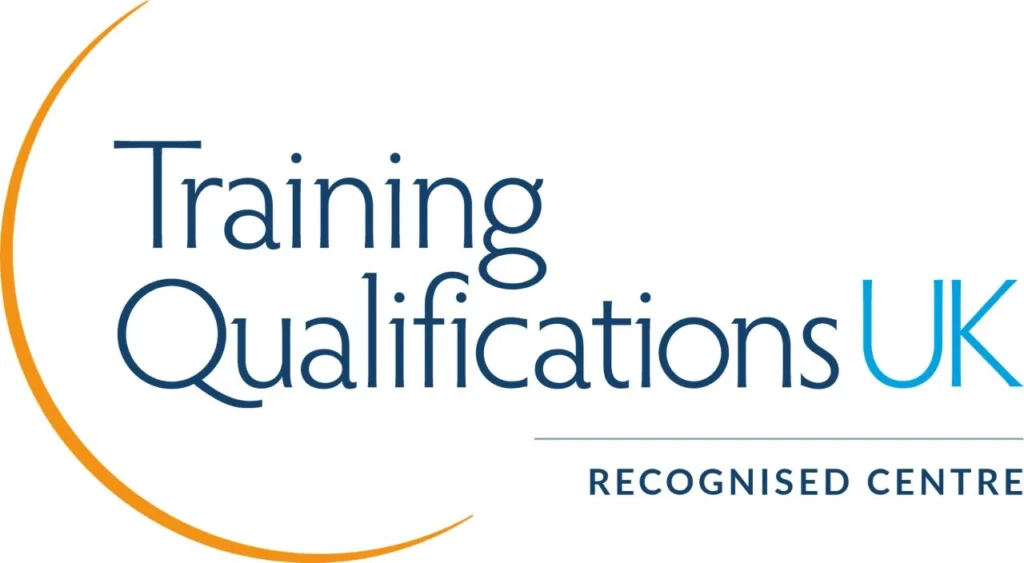Introduction
Whiteboards are more than just a classroom tool—they’re a powerful medium for organizing lessons, engaging students, and enhancing learning outcomes. For English language teachers pursuing TEFL, TESOL, CELTA, or DELTA certifications, mastering whiteboard techniques is crucial. This guide highlights practical tips to improve your whiteboard skills, making your lessons more organized, interactive, and impactful.
9 Essential Tips for Better Whiteboard Work
- Plan Your Board
- Sketch out your whiteboard layout during lesson planning.
- Visualize how to organize key language points, ensuring clarity and focus.
- Stick your plan to the board for easy reference.
- Keep It Neat
- Write legibly and erase unclear sections to maintain focus.
- Prioritize clarity to prevent confusion and keep students engaged.
- Use Color Consistently
- Assign colors to specific information types (e.g., grammar = blue, vocabulary = red).
- Avoid overloading the board with too many colors to maintain simplicity.
- Teach Vocabulary Effectively
- Use brackets and symbols to show word forms.
- Mark stressed syllables with a dot above the vowel for pronunciation clarity.
- Highlight collocations using a different color to emphasize usage.
- Engage Students with Feedback
- Target Language Tallies: Keep track of how often students use specific phrases, encouraging language practice.
- Post-It Notes: Create a “What I’ve Learned” section for students to share insights, helping you assess their understanding.
- Motivate with Mystery Prizes
- Write a “Mystery Prize” on the board (e.g., stickers, new games).
- Reveal the prize at the end of class to incentivize participation and good behavior.
- Add Fun with Slap Sticks
- Use slap sticks for interactive activities or as pointers for an interactive whiteboard (IWB).
- Great for visual and tactile learners, they bring an element of fun to lessons.
- Include Phonemic Scripts
- Use phonemic symbols to clarify pronunciation, aiding students in mastering challenging sounds.
- Leverage Online Resources
- Explore expert tips from professionals like Paul Millard for drawing and engaging students with visuals.
Why Choose TEFLism College London for Teacher Training?
At TEFLism College London, we equip English language teachers with the skills needed to excel in every classroom scenario. Here’s how we help:
- Expert Trainers: Learn from CELTA-certified professionals with years of experience.
- Practical Techniques: Courses integrate real-world tools, including whiteboard mastery.
- Tailored Support: Designed for teachers in Egypt, the Arab world, and beyond.
- Comprehensive Offerings: From CELTA Preparation to DELTA Module 1, we cover all your needs.
Take Action Today
Improve your teaching skills and elevate your classroom performance with our specialized courses:
Join TEFLism College London and gain practical techniques, expert guidance, and internationally recognized certifications.
Meta Description:
Master whiteboard techniques to enhance classroom teaching. Explore TEFLism College London’s tips and courses for TEFL, TESOL, CELTA, and DELTA certifications.
Title Tag:
9 Whiteboard Tips for English Teachers | TEFLism College London







